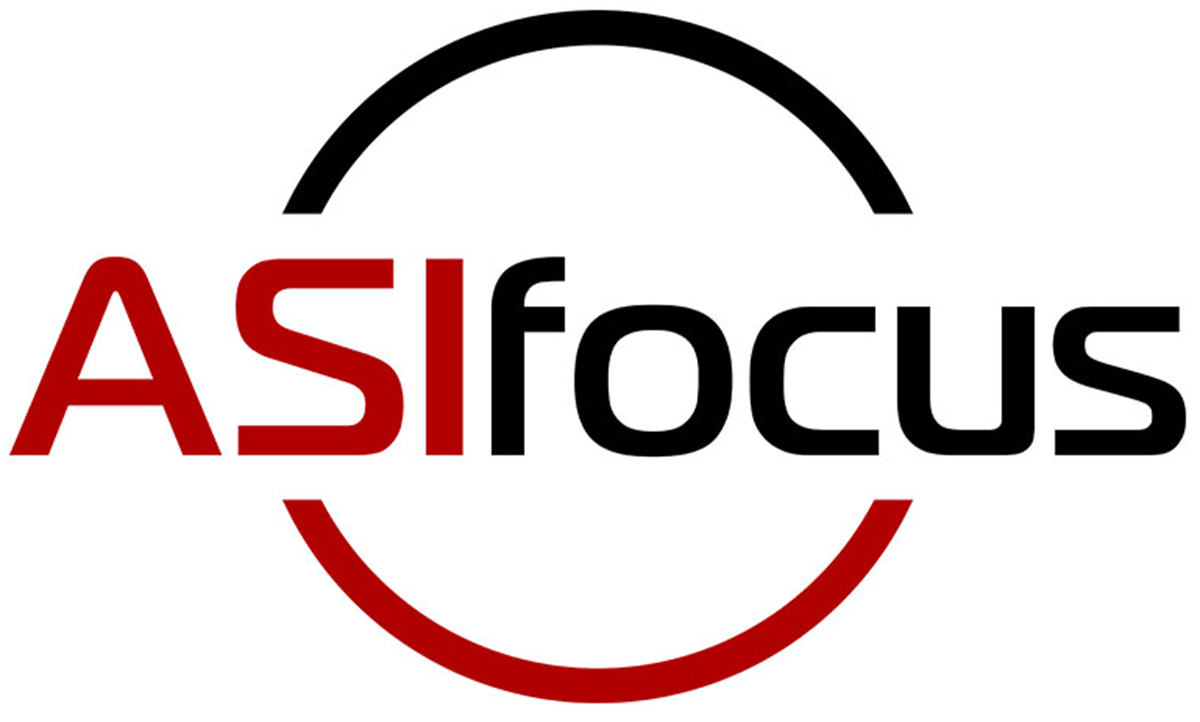While enterprise resource planning (ERP) systems have enabled businesses to store data more accurately and in greater volumes, it is often difficult to report on all of the data stored within the system. In order to obtain the full use of the system, a company needs to learn how to implement effective ERP reporting strategies..
Many companies currently rely on transactional reporting, which is an outdated solution to an old problem. While transactional reports were a great solution 20 years ago, they are now like paper maps – outdated, harder to use, more error-prone and simply a less efficient way to get you to where you are going. Transactional detail is good as supporting information, but the true business gems generally exist as a summary of combined information, not in raw lists of transactions.
Reports that are meaningful to businesses are usually combined from multiple sources. The report needs to be designed in a simple format and must present the information clearly. An executive must be able to ask follow-up questions about the report and find the answers quickly. In addition, reports should be readily available online, in real-time, from the original system. Business users should be able to easily access reports without requiring training on IT tools and complex software.
Financial information is at the heart of an ERP system. If you haven’t enabled your finance and accounting groups to immediately access business-critical information, then you can’t possibly enable your business leaders outside of the financial department. Once you transform your company around financial answers, then the focus moves to other areas of operational information. Therefore, your ERP solution must have a strong financial capability as its backbone, while providing users with seamless drilling to and from other areas of the business.
Companies looking to implement an effective ERP reporting strategy need to consider the following:
- Think about your users. Don’t rely solely on a demo to determine if the reporting solution will meet the needs of your users. Make sure you run the software over your data, with your business users, before you buy.
- Don’t assume a bundled product will meet your needs. Embedded ERP reporting products often lack ease-of-use, powerful capabilities and speed of benefit. A miss in any of these areas can lead to low user adoption and a failed rollout.
- Find a solution that delivers true real-time reporting. For empowering your core business users, staged data does not work. Also, look for a solution that delivers consolidated financial and summarized operational views that highlight exceptions, with the ability to drill in real-time to supporting details, or to related information.
- Don’t deliver a tech tool to your business users. A common reason for low user adoption of reporting tools is complexity and poor usability of an otherwise capable product. Reporting is for business users. Make sure you deliver an ERP solution focused on ease-of-use and business empowerment. Again, make sure your users work with the solution during a trial, before a purchase.
